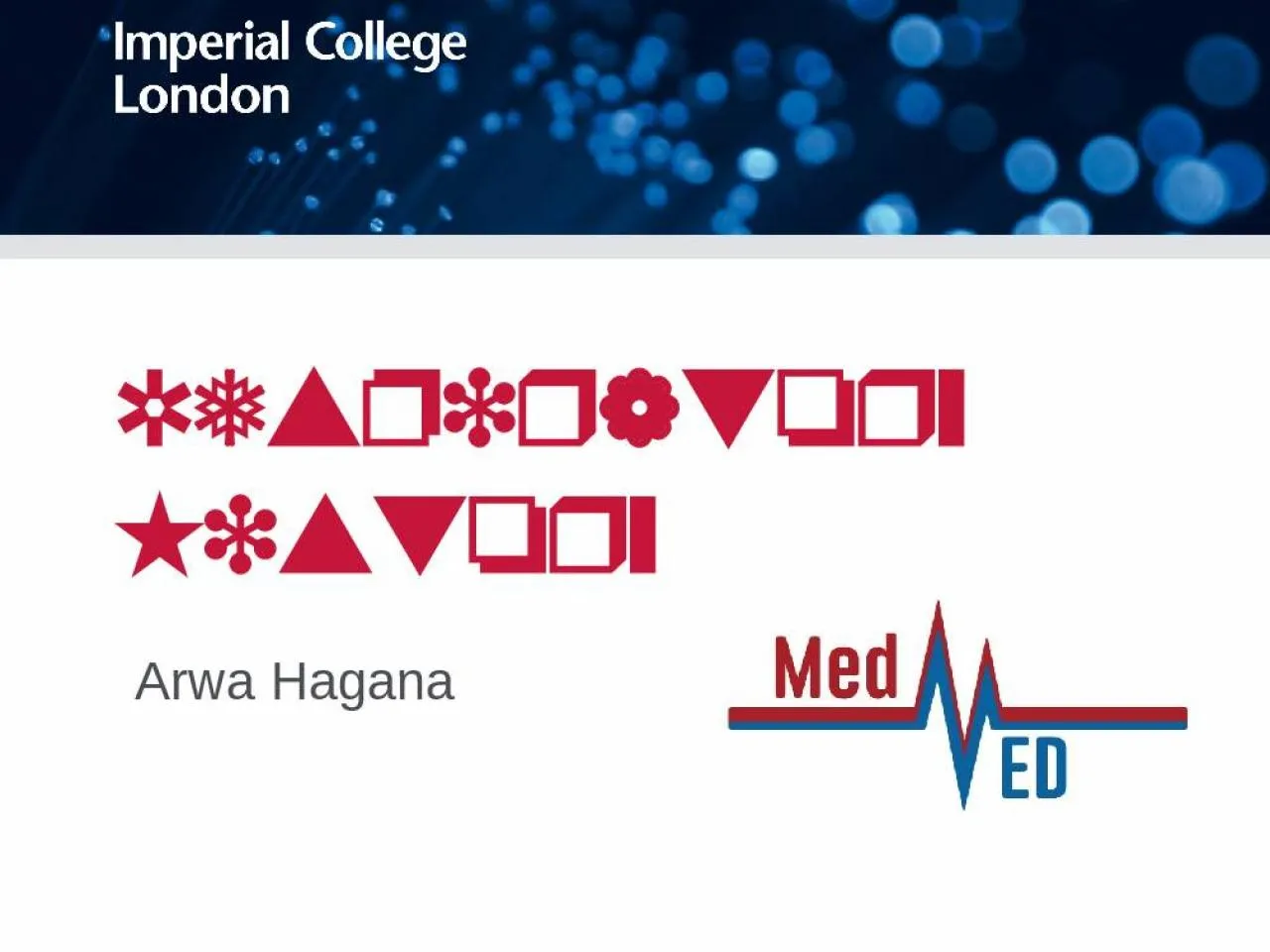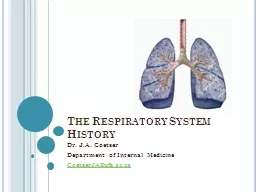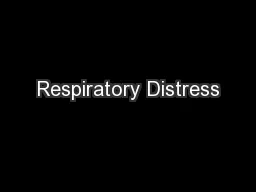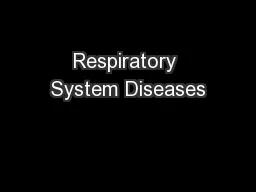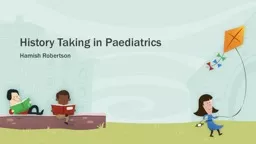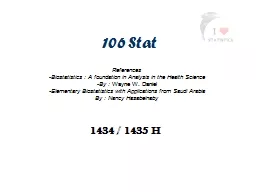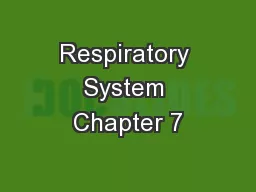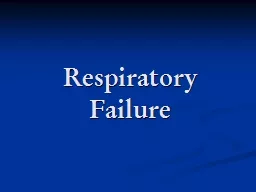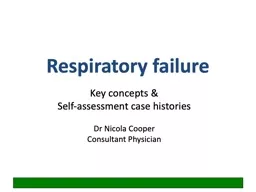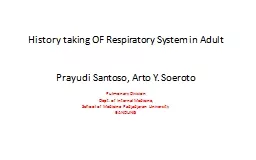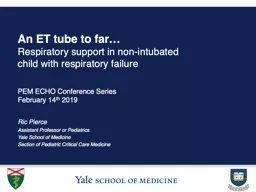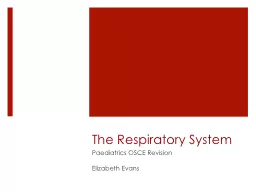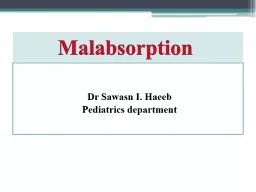PPT-Respiratory History Arwa Hagana
Author : jacey | Published Date : 2022-02-24
Structure of a respiratory history Typical presentations Shortness of breath Cough Exam focus Example history Aims and Objectives Aims How confident are you taking
Presentation Embed Code
Download Presentation
Download Presentation The PPT/PDF document "Respiratory History Arwa Hagana" is the property of its rightful owner. Permission is granted to download and print the materials on this website for personal, non-commercial use only, and to display it on your personal computer provided you do not modify the materials and that you retain all copyright notices contained in the materials. By downloading content from our website, you accept the terms of this agreement.
Respiratory History Arwa Hagana: Transcript
Download Rules Of Document
"Respiratory History Arwa Hagana"The content belongs to its owner. You may download and print it for personal use, without modification, and keep all copyright notices. By downloading, you agree to these terms.
Related Documents

